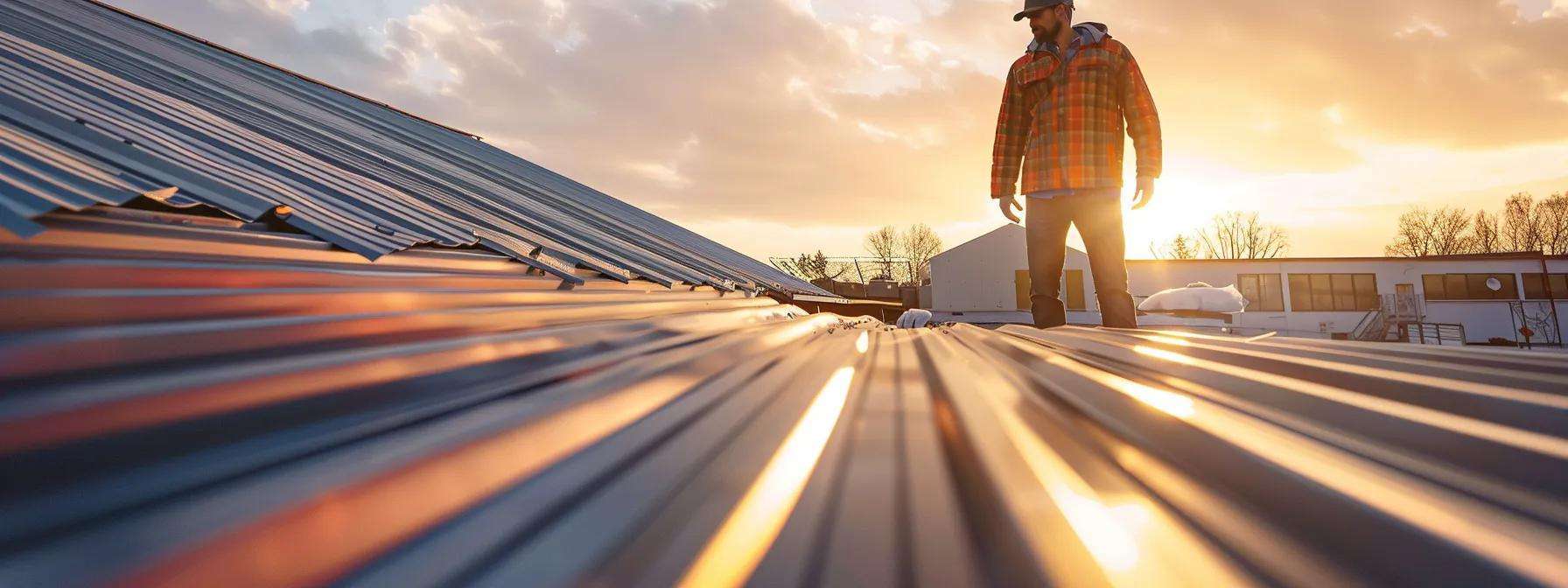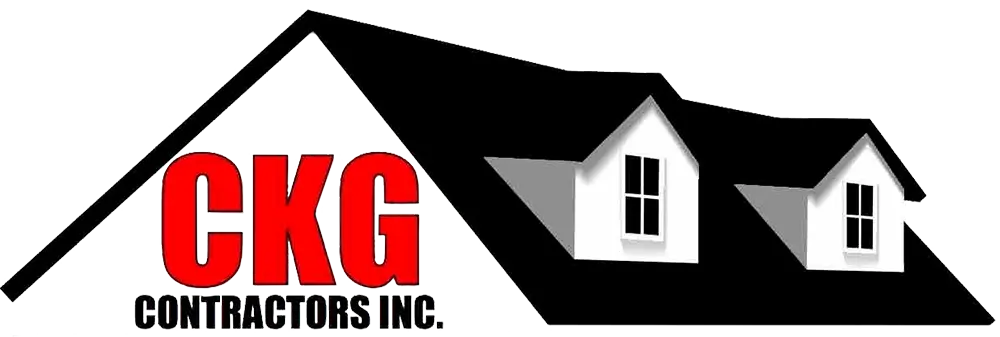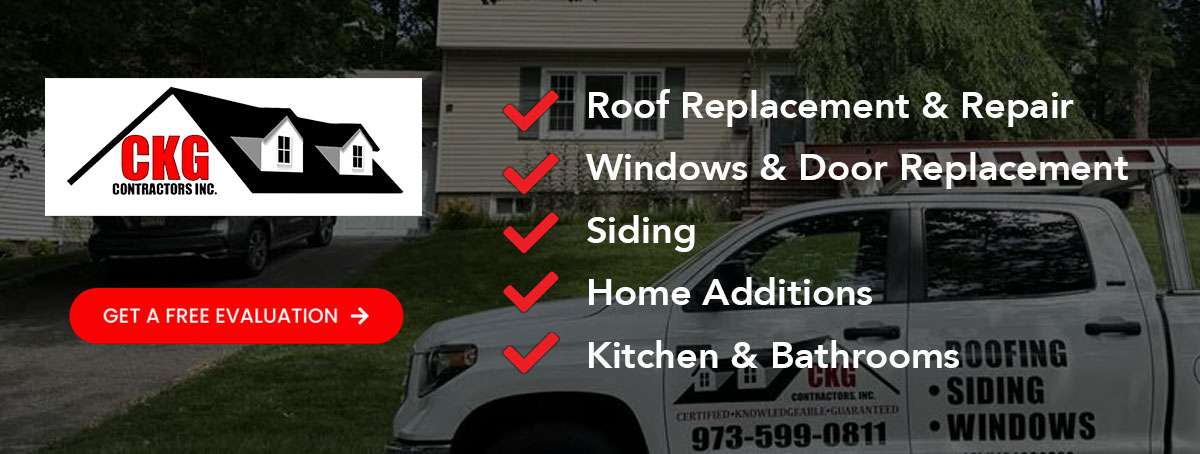Table Of Contents:
- Commercial Roofing Contractor Recommendations: Choosing Between TPO, EPDM, or Metal Roofs
- What Are the Key Differences Between TPO, EPDM, and Metal Roofs?
- Which Roofing Material Does Your Commercial Roofing Contractor Recommend?
- What Are the Installation and Maintenance Differences Among TPO, EPDM, and Metal Roofs?
- How Do Energy Efficiency and Environmental Impact Compare for TPO, EPDM, and Metal Roofs?
- What Are the Common Commercial Roofing Contractor Services for TPO, EPDM, and Metal Roofs?
- How Can You Make an Informed Decision Between TPO, EPDM, and Metal Roofs?
- What Are the Cost Comparisons and ROI Expectations for TPO, EPDM, and Metal Roofs?
Commercial Roofing Contractor Recommendations: Choosing Between TPO, EPDM, or Metal Roofs
In today’s competitive commercial construction industry, selecting the appropriate roofing material is vital for cost control, longevity, and performance. Building owners require durability, energy efficiency, minimal environmental impact, and ease of maintenance when choosing a roofing system, with provisions for storm damage repair in regions prone to severe weather. Contractors are frequently asked to assess the needs of various commercial properties—from industrial warehouses to office buildings—across different climates. This article educates decision-makers on the differences between TPO, EPDM, and Metal roofs; provides contractor recommendations based on property type, climate, and budget considerations; and overviews installation, maintenance, energy efficiency, and ROI for these materials. Commercial roofing decisions not only protect buildings but also reduce operational costs and support sustainability.
The article is organized into six major areas: a comparison of TPO, EPDM, and Metal roofs; contractor recommendations; installation and maintenance differences; energy efficiency and environmental impacts; common contractor services; and cost and ROI comparisons. Factual data and case study examples illustrate performance benchmarks throughout. This guide aims to help contractors, property managers, and building owners select a roofing option that meets their building’s demands and long-term investment strategy.
What Are the Key Differences Between TPO, EPDM, and Metal Roofs?
Each roofing material offers unique benefits and drawbacks. TPO (Thermoplastic Olefin) combines polypropylene with ethylene-propylene rubber to form a membrane that is reflective and resistant—ideal for reducing energy costs in warm climates. EPDM (Ethylene Propylene Diene Monomer), a synthetic rubber, is prized for its durability, weather resistance, and ease of repair. Metal roofing (using steel, aluminum, or copper) is celebrated for its long lifespan, structural strength, and modern aesthetic.
TPO provides energy efficiency with high reflectivity, EPDM offers excellent resistance to UV and temperature changes (ideal for flat roofs in varied climates), and Metal roofs deliver exceptional durability under severe weather with longer service life. Contractors must evaluate usage, local climate, and budget before recommending a specific material.
How Does TPO Roofing Compare in Durability and Cost?
TPO roofing is known for durability and cost-effectiveness. Its heat-reflective properties reduce energy costs and its weldable seams and lightweight nature simplify installation and lower labor expenses. With a life expectancy of 15–25 years (extendable with proper maintenance), TPO is generally less expensive than high-end metal or EPDM for large installations. However, in harsh climates, its durability may be surpassed by Metal roofs. For temperate and warm regions, TPO strikes a good balance between cost, energy savings, and performance, with warranty terms and maintenance agreements further influencing overall cost of ownership.
What Are the Benefits and Drawbacks of EPDM Roofing?
EPDM roofing is favored for its excellent resistance to UV light and extreme weather. Its flexibility enables it to accommodate building movement and thermal expansion, minimizing cracks over time. EPDM is relatively easy to install and repair; many systems reliably last over 25 years with proper care. On the downside, its typical matte black surface absorbs sunlight, potentially increasing cooling costs unless mitigated by additional insulation or reflective coatings. EPDM often requires more meticulous seam sealing during installation, and its darker appearance may not suit all commercial aesthetics.
Why Choose Metal Roofing for Commercial Buildings?
Metal roofing is increasingly popular for its exceptional durability and longevity, with service lives often exceeding 50 years. Its high strength-to-weight ratio makes it suitable for large-span industrial buildings and regions experiencing severe weather such as hail or heavy snowfall. Coated with specialized finishes, Metal roofs resist rust and can be highly energy efficient due to reflective surfaces. Although the initial cost is higher, lower maintenance requirements, extended lifespan, and sustainable features (such as recyclability) justify the investment. Metal roofs also offer design versatility with custom finishes that enhance a building’s modern appearance.
Which Roofing Material Does Your Commercial Roofing Contractor Recommend?
Contractors base their recommendations on roof type, local climate, building use, and budget. An on-site evaluation determines the roof’s condition, and the material selected must withstand local weather, fit operational schedules, and meet aesthetic needs. For example, hot and sunny regions may favor TPO for its reflectivity, while colder areas might prefer EPDM for its flexibility. Regions with extreme weather often benefit most from Metal roofing for its longevity and low maintenance. Contractors combine installation costs, post-installation care, and replacement intervals to recommend the roofing solution that maximizes ROI while meeting performance criteria.

How Do Property Type and Climate Influence Roofing Recommendations?
Different commercial structures (warehouses, offices, retail) have varying load, thermal, and aesthetic demands. Urban office buildings might favor sleek, modern Metal roofs for energy efficiency, whereas industrial settings may require the robust performance of EPDM or TPO roofs to withstand heavy usage and chemical exposure. Additionally, climate factors like extreme heat, heavy rainfall, or high winds guide the choice: – In tropical regions, TPO is preferable for solar reflectivity. – In colder climates, EPDM’s flexibility prevents cracking. – In areas with hail or strong winds, Metal roofing’s strength is an advantage.
Contractors use local weather data and past performance to tailor recommendations that balance energy efficiency, durability, and cost.
What Role Does Budget Play in Selecting TPO, EPDM, or Metal Roofs?
Budget is critical because overall investment includes installation, maintenance, and replacement costs. TPO roofs generally offer the lowest initial cost and attractive energy savings, making them ideal for budget-sensitive projects. EPDM strikes a balance between moderate cost and long-term durability, while Metal roofs, although costly upfront, offer low maintenance and long service lives that reduce future expenses. Contractors provide cost breakdowns that account for labor, materials, and potential downtime, ensuring that each option aligns with the client’s financial profile.
How Does Roof Longevity Affect Contractor Preferences?
Longevity is a major factor. Metal roofs can last beyond 50 years, reducing replacement frequency and associated disruptions, which leads to lower overall lifecycle costs and higher ROI. Although TPO and EPDM offer appealing initial costs, their shorter life spans compared to Metal mean more frequent maintenance or replacement. Contractors analyze past installations, warranty data, and regional performance trends to recommend roofs that deliver reliable protection, lower insurance premiums, and better resale value over time.
What Are the Installation and Maintenance Differences Among TPO, EPDM, and Metal Roofs?
Each roofing system has distinct installation and maintenance requirements. TPO roofs are typically installed with heat-welded seams and can be mechanically fastened. EPDM roofs are adhered with special adhesives or mechanically fastened, making seam quality critical. Metal roofs often require custom fabrication, precise fitting, and specialized fasteners to accommodate thermal expansion.
How Is TPO Installed and Maintained for Optimal Performance?
TPO is installed by mechanically or fully adhering the membrane to the substrate, then heat-welding the seams to form a continuous, waterproof layer. Proper weld execution is essential to avoid leaks. Maintenance involves periodic inspections—checking seams for damage, cleaning to remove debris, and performing re-welding repairs as needed. Regular, scheduled inspections (at least annually) help maintain TPO’s performance.
What Maintenance Does EPDM Roofing Require?
EPDM maintenance centers on regular visual inspections and seam integrity checks. Installed with adhesives or fasteners, EPDM roofs benefit from protective coatings that enhance reflectivity and minimize cooling loads. Routine cleaning and prompt patch repairs help preserve its waterproof qualities. A bi-annual professional inspection, especially after severe weather, is recommended to address any issues before they escalate.
How Does Metal Roof Installation Differ and What Maintenance Is Needed?
Metal roofing requires precise measurement and custom fabrication to ensure proper fit and allowance for thermal expansion. Fasteners and expansion joints are critical to prevent warping. Once installed, Metal roofs require minimal maintenance—typically periodic cleaning and occasional touch-ups of protective coatings to prevent corrosion. Inspections after severe weather are advised to check fastener integrity and panel condition.
How Do Energy Efficiency and Environmental Impact Compare for TPO, EPDM, and Metal Roofs?
Energy efficiency and sustainability are key considerations for modern roofing systems. Each material contributes differently: – TPO’s high-reflectivity white surface reduces solar heat gain, lowering cooling costs. – EPDM, though typically darker, is durable and can be enhanced with reflective coatings. – Metal roofs, when coated properly, offer excellent reflectivity and are made from recyclable materials, reducing the overall environmental footprint.

What Makes TPO Roofing Energy Efficient?
TPO systems reduce solar heat gain by reflecting infrared sunlight, lowering cooling costs by an estimated 10–20% compared to conventional roofs. They are typically paired with high-performance insulation, further minimizing heat transfer and overall energy consumption. The recyclable nature and lower embodied energy of TPO also contribute to its favorable sustainability profile.
How Does EPDM Roofing Contribute to Environmental Sustainability?
EPDM’s durability minimizes the need for frequent replacements, reducing waste. Although it absorbs more heat in its typical black form, its long lifespan and compatibility with reflective coatings boost its environmental performance. Its resistance to degradation reduces the need for chemical treatments, and recycling opportunities at the end of its use further enhance its sustainability credentials.
Are Metal Roofs a Green Choice for Commercial Buildings?
Metal roofs offer superior longevity, often lasting over 50 years, which lessens replacement frequency and manufacturing waste. Made partly from recycled materials and fully recyclable at the end of life, Metal roofs also benefit from advanced reflective coatings that reduce cooling loads. These factors result in lower embodied energy and carbon footprints, making Metal roofing a sustainable option for modern commercial buildings.
What Are the Common Commercial Roofing Contractor Services for TPO, EPDM, and Metal Roofs?
Commercial roofing contractors provide a range of services tailored to each material. These include expert consultation, quality installation, regular maintenance, and repair operations to protect the roof’s performance throughout its lifecycle. Service agreements typically cover initial installation, warranty management, and emergency repairs following severe weather events.
What Expert Consultation Services Are Provided for Roofing Material Selection?
Contractors begin with a thorough diagnostic review of the building’s structure, current roof condition, and local environmental factors. They conduct on-site inspections and feasibility studies to analyze load-bearing capacities and energy performance. Based on this analysis, contractors recommend specific materials tailored to the property’s needs. Cost-benefit analyses comparing installation expenses with long-term savings further guide the recommendation process.
How Do Contractors Ensure High-Quality Installation for Each Roofing Type?
High-quality installation is achieved by using skilled labor and adhering to manufacturer guidelines. For TPO, specialized heat-welding equipment ensures watertight seams; EPDM requires careful adhesive application for uniform bonding; Metal roofs need custom fabrication and precision fastening. Multiple site inspections and post-installation certifications are standard practices, and comprehensive warranty packages further guarantee system performance.
What Maintenance and Repair Services Are Available for These Roofs?
Contractors offer scheduled maintenance programs that include regular inspections, cleaning, and minor repairs to prevent small issues from becoming costly failures. For TPO, this means monitoring and re-welding seams; EPDM maintenance focuses on seam checks and patch repairs; Metal roof services include cleaning, touch-up painting, and fastener inspections. Emergency repair services are also available to quickly address damage from severe weather.
How Can You Make an Informed Decision Between TPO, EPDM, and Metal Roofs?
Selecting the right roofing system requires thorough research, detailed consultations with qualified contractors, and careful comparison of each material’s pros and cons. Decision-makers should examine case studies, review warranty and service terms, and ask comprehensive questions during consultations. This process ensures that the final choice optimally balances performance, energy efficiency, durability, and cost-effectiveness with long-term strategic goals.

What Questions Should You Ask Your Commercial Roofing Contractor?
It is important to ask questions such as: – What is the expected lifespan of the roofing material in our local climate? – How does the material perform in terms of energy efficiency and maintenance needs? – What are the warranty conditions and how are repairs handled? – Can you provide case studies or references from similar projects?
These inquiries help ensure that the contractor’s recommendations align with your building’s needs.
How Do Warranty and Service Agreements Affect Your Choice?
Warranty and service agreements protect your investment by covering workmanship and material defects. They provide a roadmap for ongoing maintenance and repairs, helping to mitigate long-term risks. A comprehensive warranty can justify a higher initial cost if it reduces future repair expenses. Understanding these terms is essential to making a balanced and informed roofing decision.
Where Can You Find Customer Reviews and Case Studies for Each Roofing Type?
Customer reviews and case studies can be found on contractor websites, independent review platforms, industry publications, and professional association sites. Additionally, attending trade shows or industry seminars and networking with other property owners who have had similar installations can provide valuable, unbiased insights into the long-term performance of TPO, EPDM, and Metal roofs.
What Are the Cost Comparisons and ROI Expectations for TPO, EPDM, and Metal Roofs?
A full cost analysis for roofing systems must consider initial installation, maintenance, energy savings, repair costs, and replacement frequency. Contractors use financial models to compare these factors and determine the total cost of ownership and expected ROI over the roof’s lifecycle.
How Do Initial Costs Vary Among These Roofing Materials?
TPO roofs typically have lower material costs and simpler installation, making them cost-effective for large projects. EPDM usually incurs a slightly higher cost due to meticulous adhesive bonding and seam work, while Metal roofs require a higher upfront investment due to premium materials and custom fabrication. However, the higher cost of Metal roofs is often offset by their extended lifespan.
What Are the Long-Term Savings and ROI for Each Roof Type?
Metal roofs generally deliver the highest ROI due to their long lifespan (often over 50 years) and minimal maintenance. TPO roofs offer good energy savings through high reflectivity, reducing cooling costs and resulting in faster payback on investment. EPDM roofs save money by minimizing replacement frequency, though they may require more routine maintenance. Contractors use financial models such as NPV and IRR to illustrate these long-term benefits.
How Do Maintenance Costs Impact Overall Roofing Investment?
Maintenance costs directly affect the overall investment. TPO systems require regular seam inspections and occasional patch repairs, while EPDM needs periodic adhesive and seam checks. Metal roofs, with proper installation, demand minimal maintenance—typically just an annual cleaning and occasional touch-ups. Over the long term, lower maintenance expenses can make Metal roofs more cost-effective despite higher initial costs.
This comprehensive guide equips decision-makers with essential information on selecting a roofing system that balances durability, energy efficiency, sustainability, and cost effectiveness. By evaluating the key differences between TPO, EPDM, and Metal roofs alongside contractor services, installation methods, and financial considerations, building owners can confidently choose the roofing solution that best meets their unique requirements.




